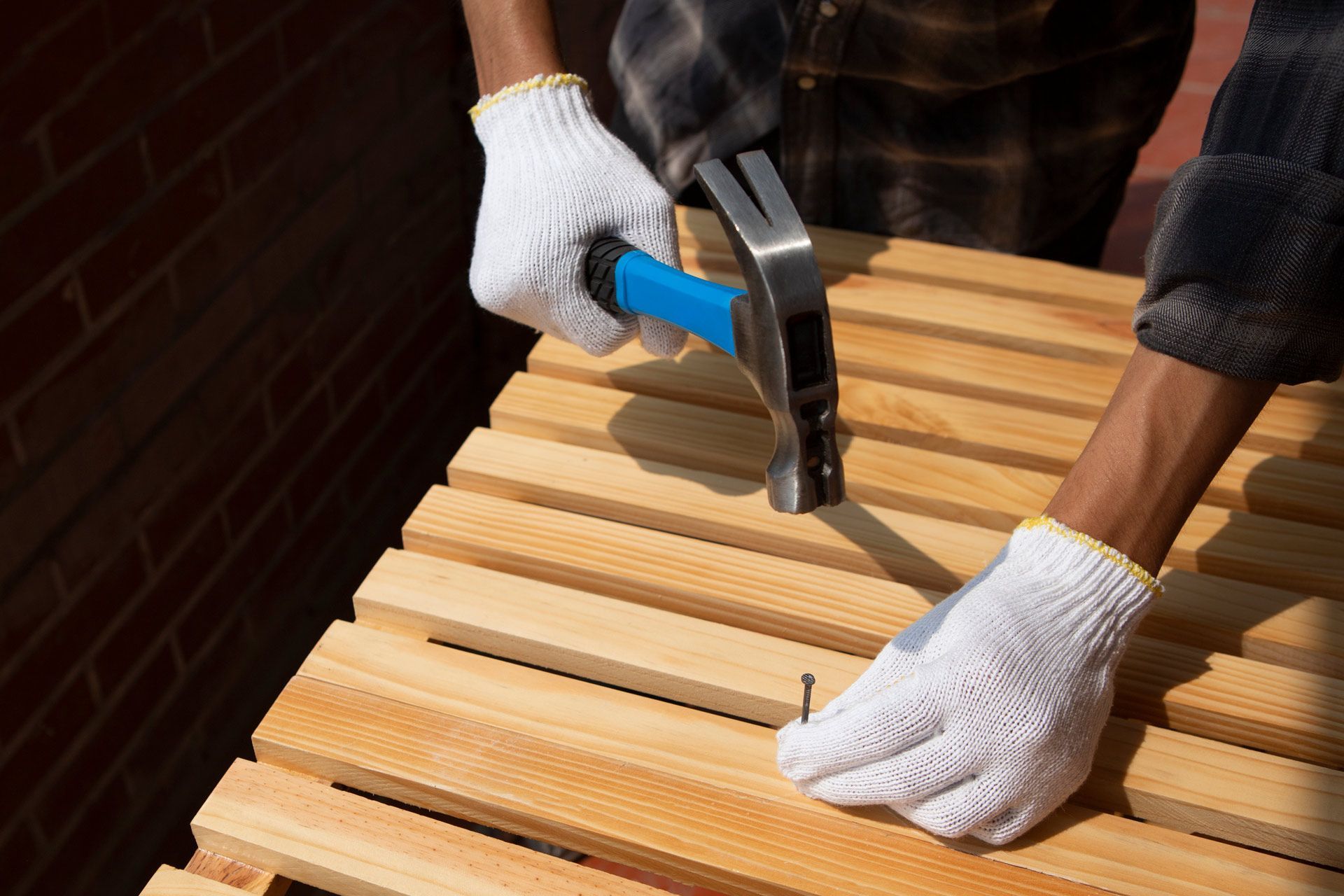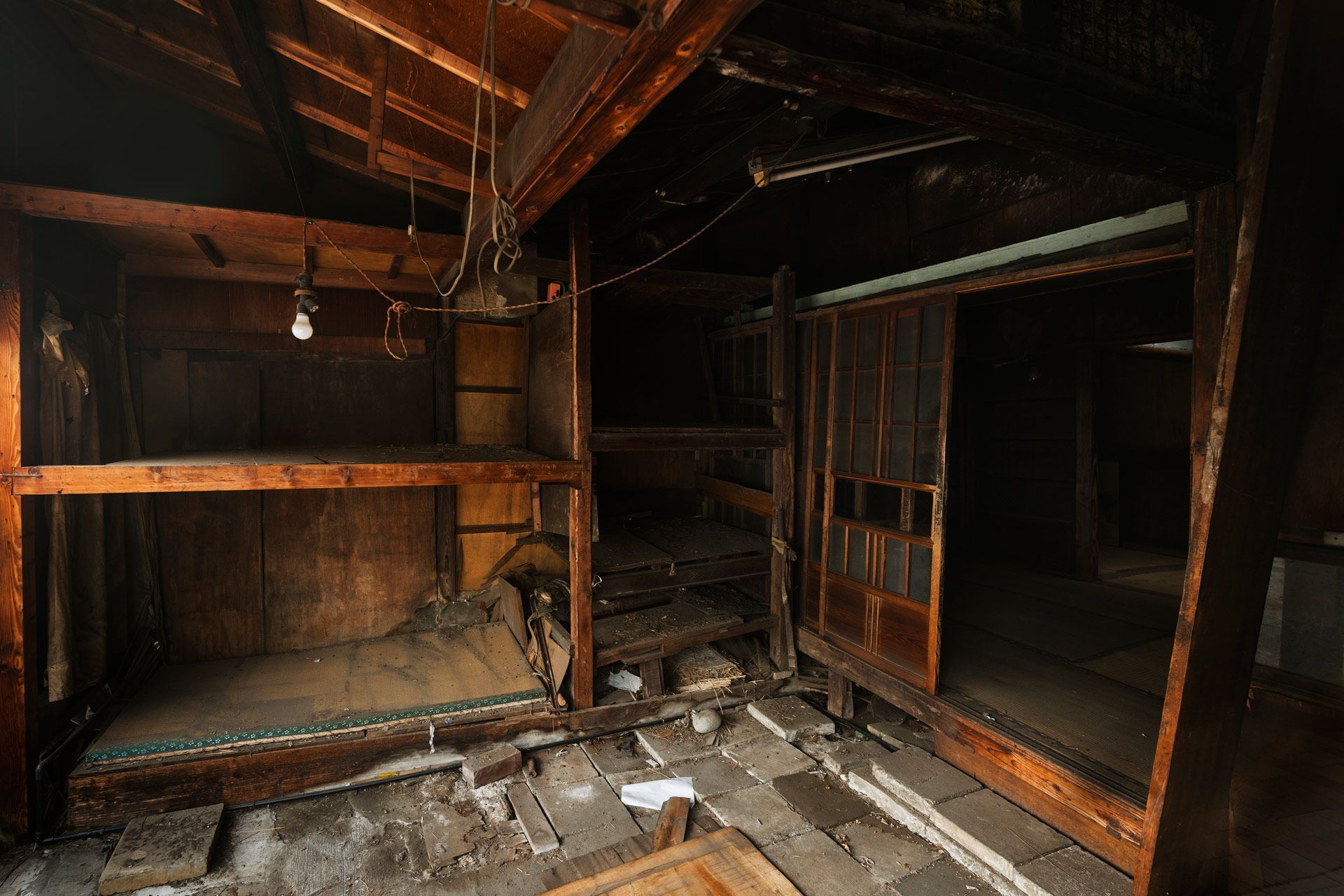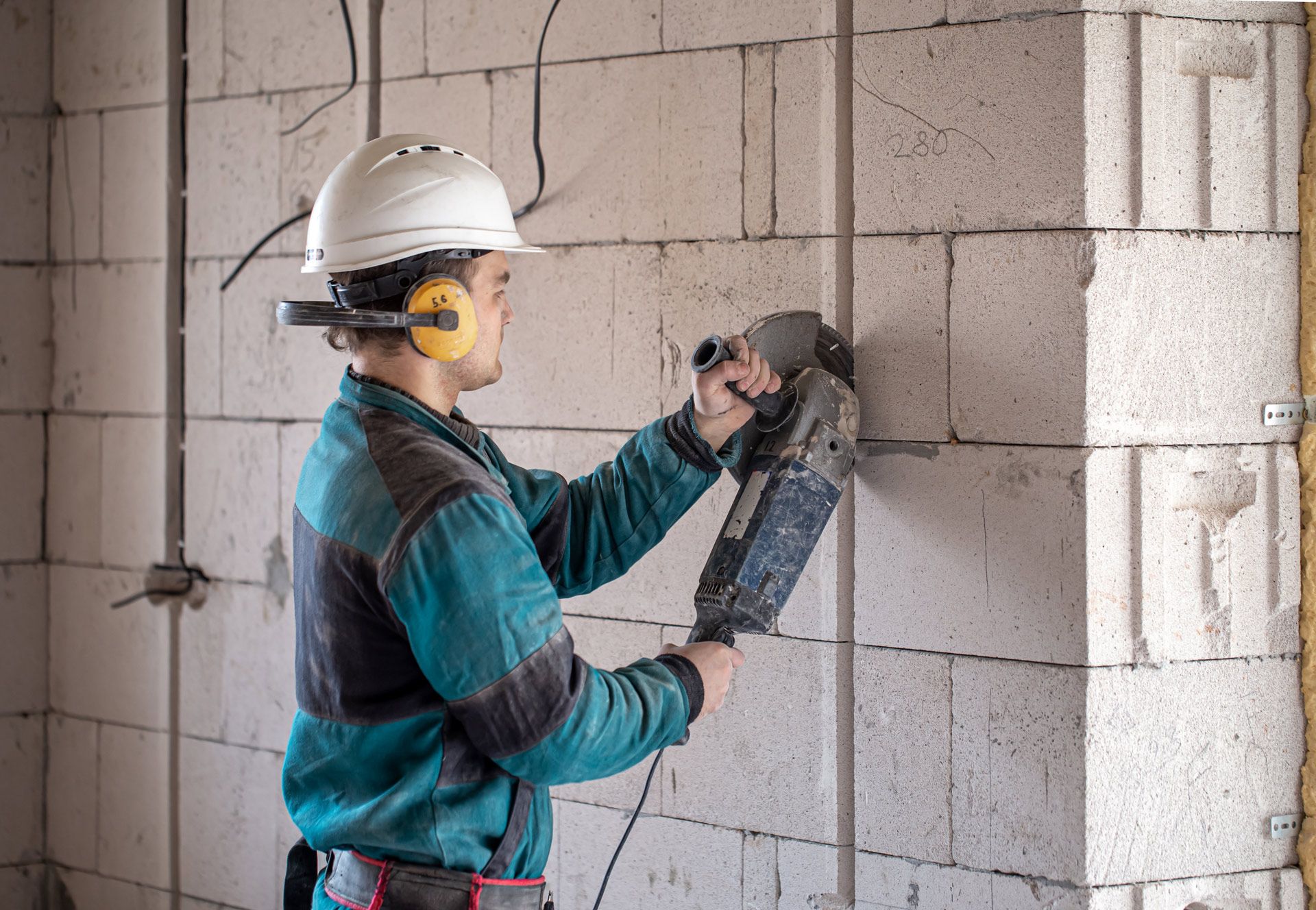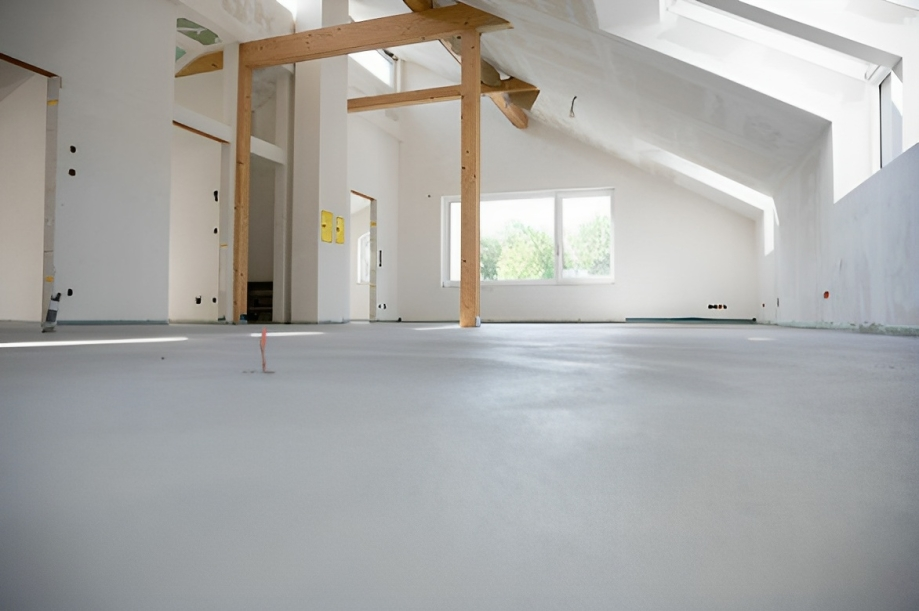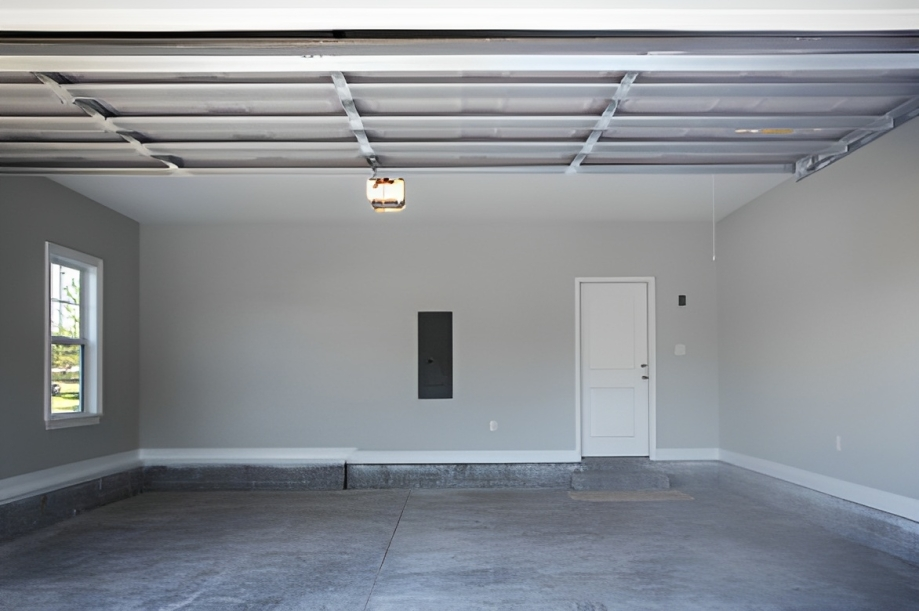How to Identify and Manage Common Structural Problems in Your Building
Structural issues in buildings can develop gradually and often go unnoticed until they cause visible damage. Cracks, uneven floors, or doors that no longer close properly may seem minor at first but can indicate underlying structural concerns. Understanding the early signs helps prevent more serious damage and costly repairs down the line.
This article explains how to recognise common structural problems, what causes them, and the practical steps property owners can take to manage these issues safely and effectively.
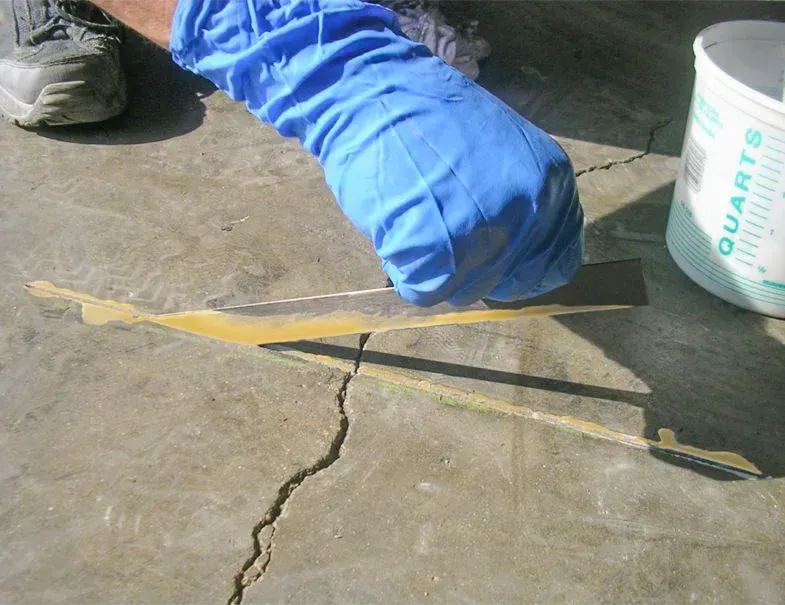
What Are Structural Problems?
Structural problems occur when the components that support a building—such as foundations, walls, beams, or floors—are compromised. These issues may result from construction defects, soil movement, water damage, or simply the passage of time.
Here are some of the most common structural issues found in homes and buildings:
Cracks in Walls or Ceilings
Cracks are often the first visible warning sign. While small hairline cracks may result from natural settling, wider or diagonal cracks could suggest foundation movement or subsidence.
Uneven or Sloping Floors
When floors slope or feel uneven underfoot, it may indicate damage to the subfloor structure or foundation. This can lead to further issues such as wall cracks or alignment problems with windows and doors.
Sticking Doors and Windows
If doors and windows suddenly become difficult to open or close, it can signal that the building has shifted or warped due to structural movement or moisture-related swelling.
Sagging Rooflines
A roof that appears to dip or sag may indicate damage to trusses, beams, or load-bearing walls. This issue should be investigated promptly to avoid potential safety hazards.
Dampness and Water Damage
Persistent dampness can weaken building materials such as concrete, timber, or steel. Water ingress from poor drainage or leaks can cause deterioration, rot, or corrosion, which may worsen over time.
What Causes Structural Damage?
Understanding the root cause of structural problems helps determine the most effective management approach. Below are the most common causes:
- Soil movement: Reactive clay soils expand and contract with moisture changes, putting stress on foundations.
- Poor drainage: Water pooling near the base of a building can soften the soil, leading to movement or settlement.
- Tree roots: Trees planted too close to a property can remove moisture from the soil, affecting its stability.
- Construction defects: Inadequate materials or poor workmanship can cause premature structural weakness.
- Weather conditions: Heavy rain, droughts, and temperature changes can all impact a building’s stability over time.
How to Identify and Manage Structural Problems
Recognising issues early and taking appropriate steps can prevent further damage. Here’s how to approach it responsibly:
Conduct a Visual Inspection
Walk through your property and look for visible changes such as cracks, uneven floors, or moisture marks. Pay close attention to areas around windows, doors, and corners where movement tends to appear first.
Monitor Changes Over Time
If you spot cracks, use a pencil or measuring gauge to monitor their width. Widening cracks usually indicate an active issue that needs professional evaluation.
Seek a Structural Assessment
Engage a qualified structural engineer to assess the cause and severity of the problem. Using specialised tools such as moisture meters or laser levels, they can identify the exact source of structural movement or damage.
Implement the Recommended Remediation
Depending on the assessment, suitable management options may include underpinning, stabilising foundations, or reinforcing load-bearing components. The goal is to restore the building’s stability while preventing future problems.
Frequently Asked Questions
- What are the first warning signs of structural problems?
Cracks in walls, sticking doors, uneven floors, and sagging rooflines are common early indicators. - Can small cracks be serious?
Not always. Some cracks occur due to minor plaster movement or drying. However, diagonal or widening cracks may indicate structural stress and should be checked. - Is water damage a structural issue?
Yes. Moisture can weaken foundations and walls, leading to decay or corrosion that affects the building’s strength. - Who should inspect a property for structural concerns?
A qualified structural engineer or building professional experienced in diagnosing foundation and structural issues. - How long does it take to manage foundation movement?
The duration depends on the extent of the issue, but most underpinning and stabilisation projects take one to three weeks.
Conclusion
Structural issues can develop slowly but lead to major safety concerns if ignored. Recognising early signs such as cracks, uneven floors, or sagging rooflines allows property owners to manage the problem before it escalates. A professional assessment is always the best course of action to identify the cause and determine the appropriate approach.
Structural Works provides reliable structural assessments, underpinning, and foundation stabilisation services in Melbourne. The team focuses on diagnosing and managing structural concerns safely and effectively for both homeowners and builders.


